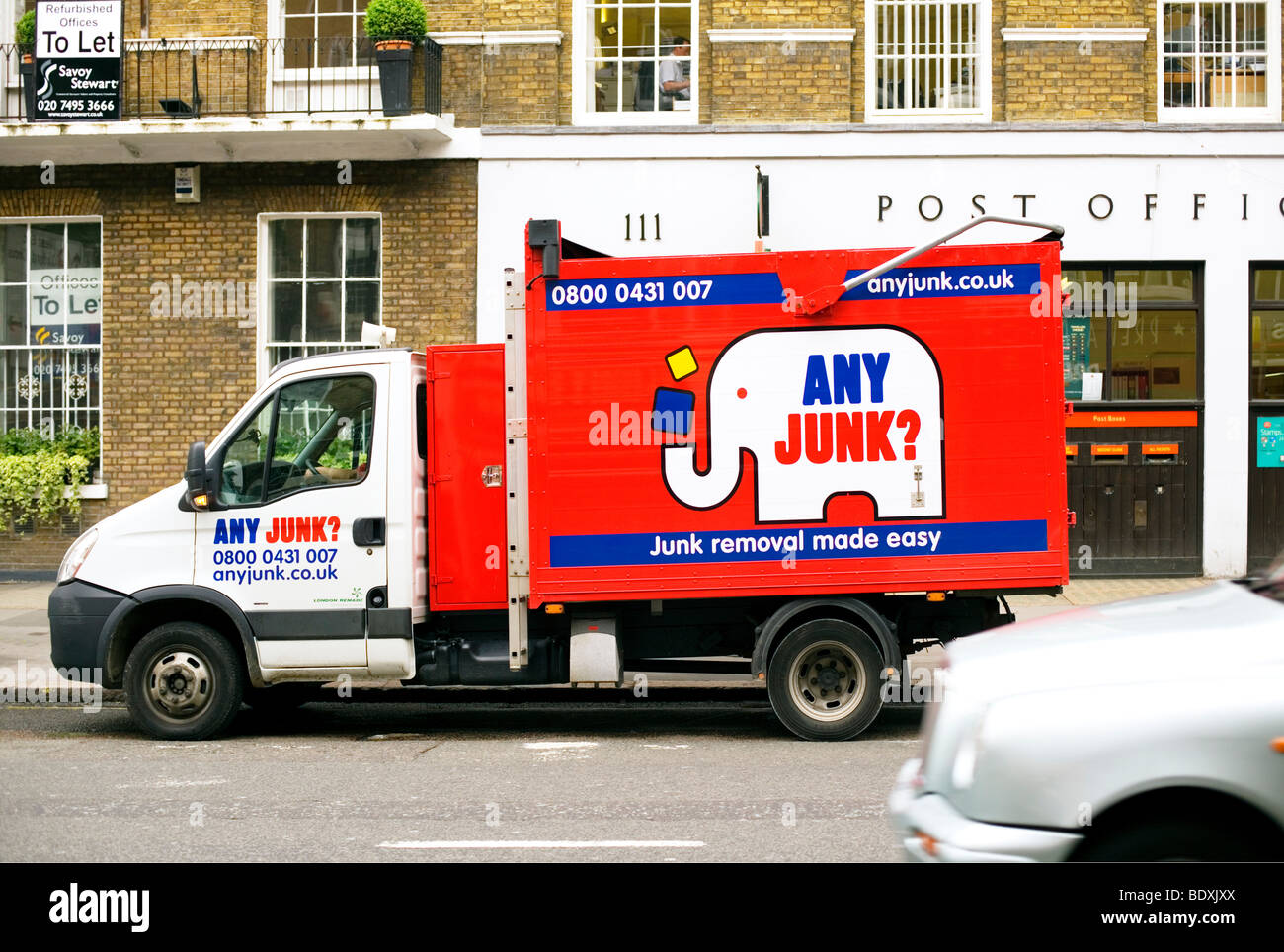Choosing The Suitable Dumpster Dimension For Your Job: A Thorough Guide
Choosing The Suitable Dumpster Dimension For Your Job: A Thorough Guide
Blog Article
Developed By-Hahn Fisher
When embarking on a task that requires a dumpster, the dimension you select can considerably impact its performance and cost-effectiveness. Visualize having the excellent container that accommodates all your waste without being exceedingly large or as well little. All of it begins with comprehending the subtleties of your project and choosing a dumpster dimension that aligns with your details requirements. So, before you choose, consider the elements at play to guarantee a smooth waste monitoring procedure from beginning to end.
Variables to Take into consideration
When deciding on the best dumpster dimension, there are several essential elements to think about.
Initially, think of the type of waste you'll be taking care of. trash can rental might need varying quantities of room, so recognizing what you'll be placing in the dumpster is crucial.
Next, analyze the quantity of waste you expect to generate. If you undervalue the quantity, you might require to make multiple journeys to throw away every little thing, which can be inconvenient and costly. On the other hand, renting a dumpster that's as well big can cause unneeded expenditures.
Furthermore, consider the area where the dumpster will certainly be positioned. Make certain there suffices area for the dumpster to be provided and picked up with no obstructions.
Last but not least, consider any kind of weight constraints that may apply. Surpassing the weight limit can cause added fees or perhaps the refusal of service.
Dumpster Size Choices
For choosing the appropriate dumpster size, it's important to have a good understanding of the offered alternatives. Dumpster sizes commonly vary from 10 to 40 cubic yards, with variants in between.
A 10-yard dumpster appropriates for tiny projects like a garage cleanout or a little improvement. If you're dealing with a medium-sized job such as a kitchen remodel or a cellar cleanout, a 20-yard dumpster could be the appropriate choice.
For dumpster sizes like a whole-house renovation or industrial construction, a 30 or 40-yard dumpster could be better to suit the volume of waste produced.
When selecting a dumpster size, take into consideration the amount and type of debris you expect to deal with. It's better to select a slightly bigger dimension if you're uncertain to avoid overfilling. Remember, Learn Additional Here 's more economical to lease a dumpster that fits your requirements as opposed to needing to order an extra one.
Matching Size to Project
Optimally matching the dumpster dimension to your project is important for effective waste administration. To identify the appropriate dimension, consider the scope and nature of your job.
For little home cleanouts or restorations, a 10-yard dumpster might be enough. click now are typically 12 feet long and can hold about 4 pickup truck lots of waste.
For bigger tasks like remodeling multiple spaces or removing a big estate, a 20-yard dumpster could be preferable. These are around 22 feet long and can hold around 8 pickup tons.
If you're dealing with a significant building task or industrial improvement, a 30-yard dumpster could be the best fit. These dumpsters are about 22 feet long and can fit about 12 pickup truck loads of particles.
Matching the dumpster dimension to your job ensures you have adequate area for all waste materials without paying too much for unused capability.
Conclusion
In conclusion, choosing the best dumpster size for your job is crucial for reliable garbage disposal. By taking into consideration aspects like the type and amount of waste, area accessibility, weight limitations, and budget restraints, you can guarantee you have the proper size dumpster for your requirements. Make sure to match the size of the dumpster to the extent and nature of your project to avoid overspending on unneeded costs.
